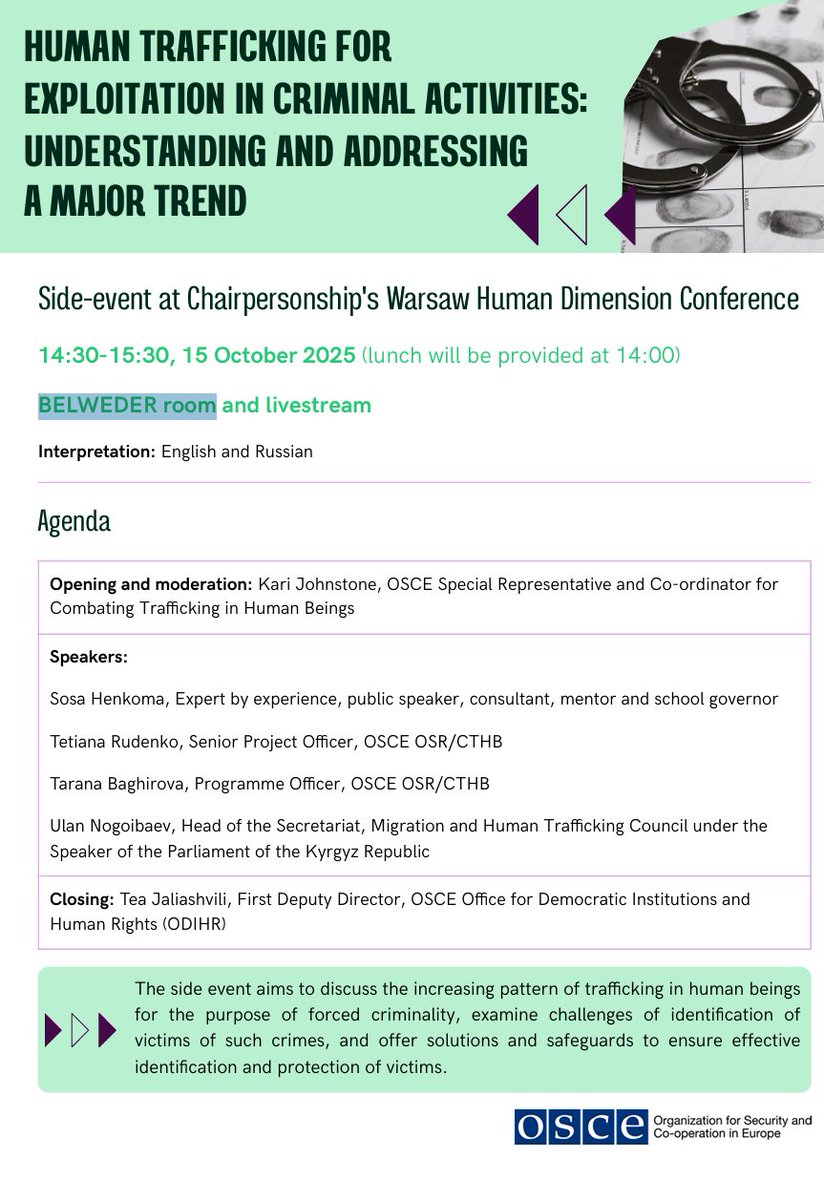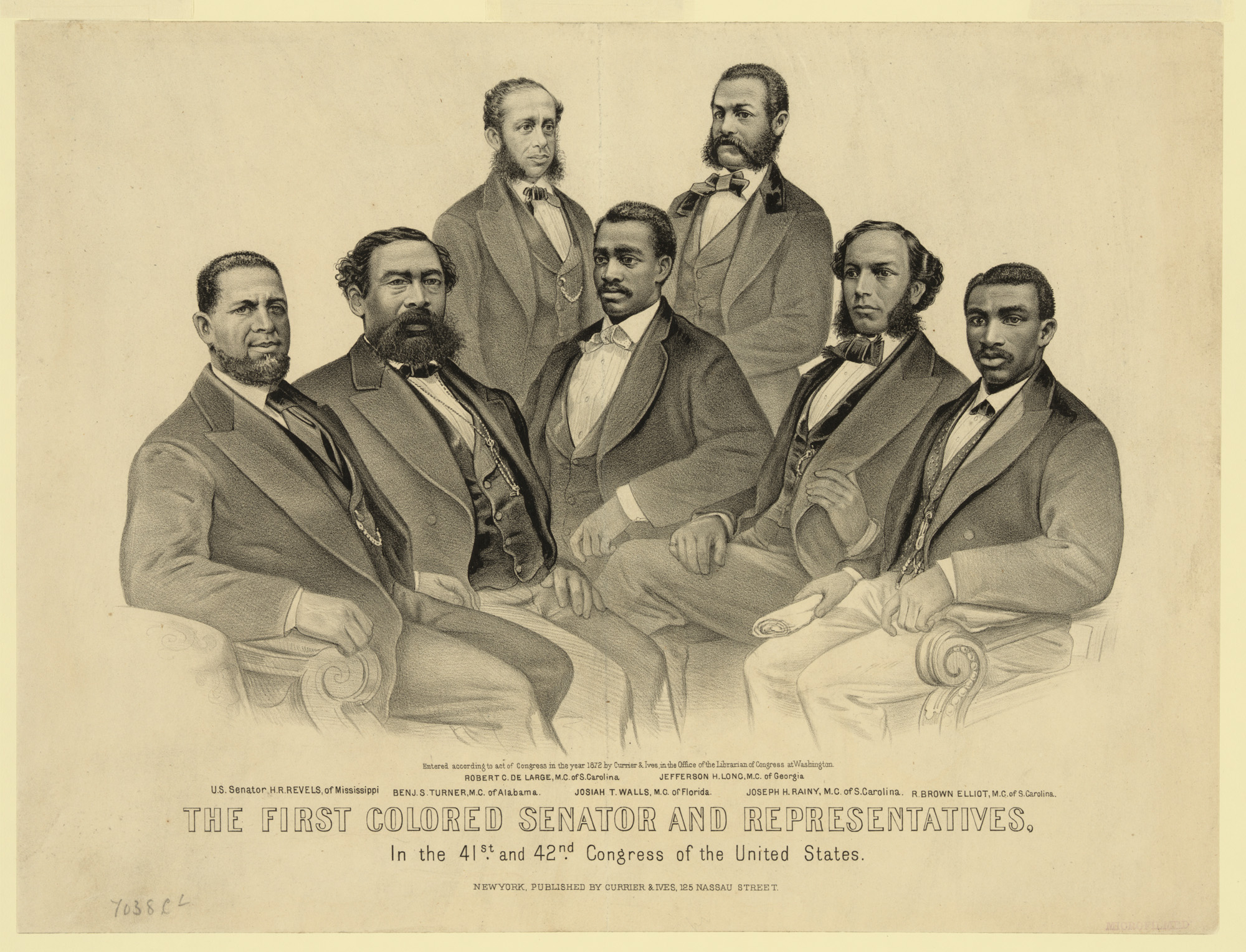Report on Technology’s Dual Role in Combating Human Trafficking: A Sustainable Development Goals Perspective
Introduction: The Evolving Threat to SDG 16 and SDG 8
The framework for defining Trafficking in Human Beings (THB) has been established since the 2000 Palermo Protocol, yet the methods of perpetration have evolved significantly. The global proliferation of Information and Communication Technology (ICT) presents a central challenge to achieving Sustainable Development Goal 16 (Peace, Justice and Strong Institutions), particularly Target 16.2 to end abuse, exploitation, and trafficking. It also directly undermines SDG 8 (Decent Work and Economic Growth), specifically Target 8.7, which calls for the eradication of modern slavery and human trafficking, and SDG 5 (Gender Equality), by exacerbating the exploitation of women and girls as per Target 5.2.
The Negative Impact of ICT on Sustainable Development Goals
Technology is actively utilized by perpetrators to undermine global anti-trafficking efforts, creating significant barriers to the achievement of key SDGs. The misuse of ICT facilitates criminal operations on an immense scale, directly contravening the principles of justice and safety enshrined in SDG 16.
- Recruitment and Exploitation: Perpetrators leverage ICT to recruit victims, expanding their reach and making vulnerable populations more susceptible to exploitation, a direct threat to SDG 8.7.
- Financial Transactions: Technology facilitates the illicit financial flows that make THB a profitable enterprise, complicating efforts to track and dismantle criminal networks.
- Anonymity and Scale: ICT provides a veil of anonymity for traffickers, allowing them to access new markets and expand criminal operations globally with reduced risk of detection.
- Increased Risk: The worldwide increase in internet access corresponds with an increased risk of online platforms being co-opted for THB, creating a pervasive threat to public safety and human rights.
Leveraging Innovation for the Goals: Technology as a Solution
Conversely, technology offers powerful tools to advance the anti-trafficking agenda, aligning with SDG 9 (Industry, Innovation and Infrastructure) by harnessing innovation for social good. Strategic application of ICT can significantly contribute to achieving justice for victims (SDG 16) and protecting vulnerable groups (SDG 5 and SDG 8).
- Prevention and Protection: Advanced technologies are increasingly used to prevent exploitation, protect victims, and hold traffickers accountable.
- Identification and Investigation: Cutting-edge tools like facial recognition and signal-detection technologies are being deployed to identify both suspects and potential victims.
- Enhanced Co-ordination: Data management technology enables unprecedented levels of co-ordination among anti-trafficking actors, fostering the strong institutions required by SDG 16.
The Role of International Partnerships in Achieving SDG 17
Addressing the dual nature of technology in THB requires robust international co-operation, a core principle of SDG 17 (Partnerships for the Goals). The Office of the Special Representative and Co-ordinator for Combating Trafficking in Human Beings (OSR/CTHB) exemplifies this approach by supporting participating states in navigating this complex issue.
- Mandate and Framework: The OSR/CTHB’s mandate is derived from key OSCE strategic documents, including the 2013 Addendum to the OSCE Action Plan to Combat Trafficking in Human Beings.
- Ministerial Council Decisions: Ministerial Council Decision No. 7/17 explicitly calls on OSCE participating states to build capacity to counter technology-facilitated THB.
- Actionable Goals: The mandate directs states to take appropriate measures to enhance their ability to monitor, detect, investigate, and disrupt all forms of human trafficking facilitated by ICT, thereby strengthening partnerships to achieve the global goals.
Analysis of Sustainable Development Goals in the Article
-
Which SDGs are addressed or connected to the issues highlighted in the article?
The article on Trafficking in Human Beings (THB) and the role of technology connects to several Sustainable Development Goals (SDGs) due to its focus on a grave crime that violates human rights and undermines social and economic development.
- SDG 5: Gender Equality – Human trafficking disproportionately affects women and girls, who are often targeted for sexual exploitation. Combating THB is crucial for achieving gender equality and eliminating violence against women.
- SDG 8: Decent Work and Economic Growth – THB is a form of modern slavery and forced labor, which is a direct violation of the principles of decent work. The article highlights how traffickers exploit victims for profit, undermining legitimate economic growth.
- SDG 16: Peace, Justice and Strong Institutions – The article’s central theme is combating a “grave crime” and holding perpetrators accountable. It discusses the need for effective investigation, coordination between anti-trafficking actors, and strengthening state capacities to disrupt criminal operations, all of which are core components of SDG 16.
-
What specific targets under those SDGs can be identified based on the article’s content?
The article’s content allows for the identification of several specific SDG targets:
- Target 5.2: “Eliminate all forms of violence against all women and girls in the public and private spheres, including trafficking and sexual and other types of exploitation.” The article’s entire focus is on “trafficking in human beings (THB),” a primary form of violence and exploitation often targeted at women and girls.
- Target 8.7: “Take immediate and effective measures to eradicate forced labour, end modern slavery and human trafficking…” The article directly addresses “trafficking in human beings,” which is explicitly named in this target as a practice to be eradicated.
- Target 16.2: “End abuse, exploitation, trafficking and all forms of violence against and torture of children.” Although not exclusively about children, THB is a form of exploitation and violence mentioned in this target, and children are a significant victim demographic.
- Target 16.4: “By 2030, significantly reduce illicit financial and arms flows, strengthen the recovery and return of stolen assets and combat all forms of organized crime.” The article mentions that perpetrators use ICT to facilitate “the financial transactions that make THB so profitable” and to “expand criminal operations,” which directly relates to combating organized crime and illicit financial flows.
-
Are there any indicators mentioned or implied in the article that can be used to measure progress towards the identified targets?
The article does not mention official SDG indicators with numerical data, but it implies several actions and outcomes that can serve as qualitative or quantitative indicators of progress:
- Number of victims and perpetrators identified: The article states that technology like “facial recognition and signal-detection” is being used to “identify suspects and potential victims.” An increase in the number of identified victims and prosecuted traffickers would be a direct measure of progress towards targets 5.2, 8.7, and 16.2.
- Enhanced state capacity to combat ICT-facilitated trafficking: The article mentions the OSCE’s mandate to support states to “enhance capacities for monitoring, detecting, investigating and disrupting all forms of trafficking in human beings facilitated by ICTs.” An indicator could be the number of participating states that have developed and implemented policies or technologies for this purpose, aligning with Target 16.4.
- Level of co-ordination between anti-trafficking actors: The text highlights the use of “data management technology which can enable unprecedented levels of co-ordination between anti-trafficking actors.” Measuring the development and use of such collaborative platforms can serve as an indicator of institutional strengthening (related to SDG 16).
- Disruption of illicit financial transactions: The article notes that ICT is used for “financial transactions that make THB so profitable.” An implied indicator would be the number or value of trafficking-related financial flows that are detected and disrupted, contributing to Target 16.4.
-
Create a table with three columns titled ‘SDGs, Targets and Indicators” to present the findings from analyzing the article.
SDGs Targets Indicators (Implied from the Article) SDG 5: Gender Equality 5.2: Eliminate all forms of violence against women and girls, including trafficking. Number of victims of trafficking identified and protected, particularly women and girls. SDG 8: Decent Work and Economic Growth 8.7: End modern slavery and human trafficking. Number of human trafficking perpetrators identified and held accountable through technological means. SDG 16: Peace, Justice and Strong Institutions 16.2: End abuse, exploitation, and trafficking of children. Use of technologies (e.g., facial recognition) to identify potential victims, including children. 16.4: Combat all forms of organized crime and reduce illicit financial flows. Number of states with enhanced capacities for monitoring, detecting, and disrupting ICT-facilitated trafficking; Number of illicit financial transactions related to THB disrupted.
Source: osce.org







